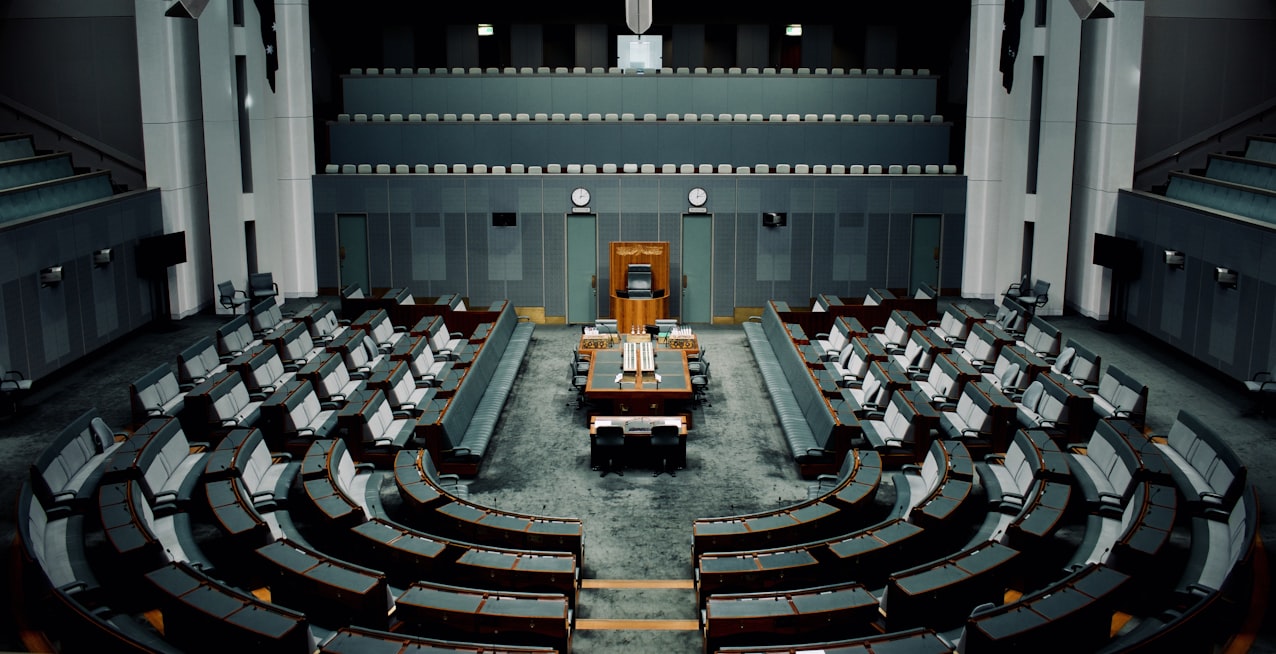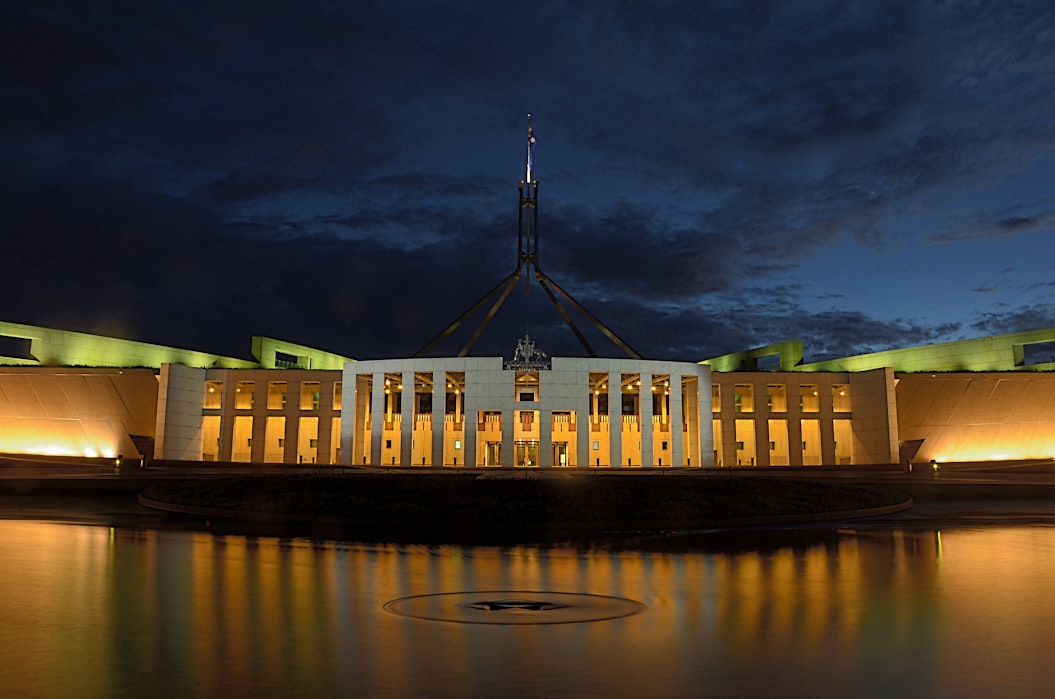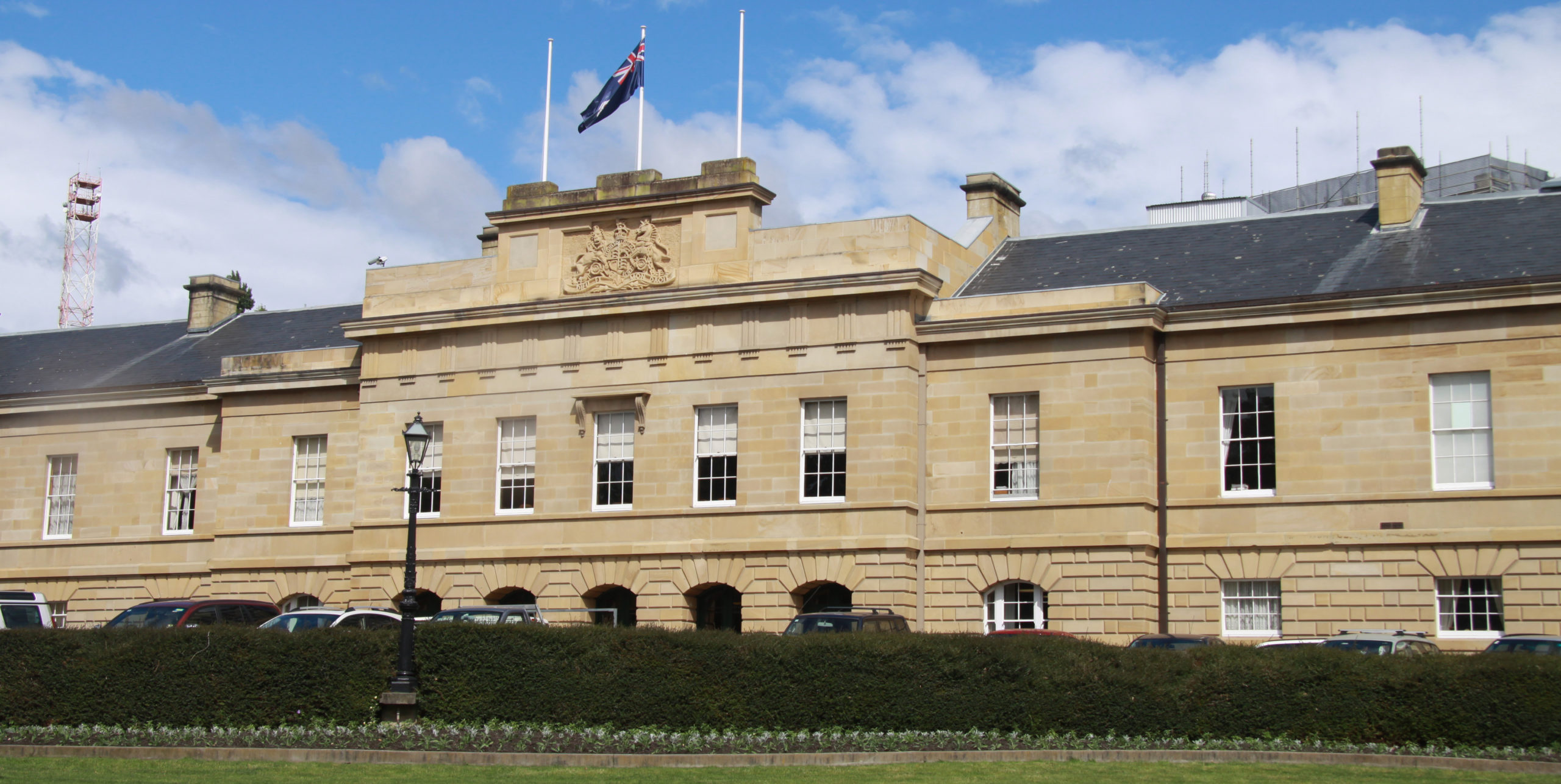Joel Fitzgibbon opinion piece – originally published in the Australian Financial Review 15/8/23 here.
***
There is no rational reason to shut down native forestry – and a big bonus in carbon sequestration.
Global demand for wood products is forecast to dramatically outpace supply as urban populations grow and renewable wood and innovative wood products play a greater role in our decarbonisation and circular bioeconomy efforts.
As this becomes increasingly apparent, many more Australians will learn to ignore the deliberately misleading campaigns of activists intent on closing down our sustainable native forest industries.
Australia’s wood and timber imports are now valued at more than $5 billion a year. About 25 per cent of the timber we require for housing construction is imported. Sourcing that product from other countries is going to become harder as global demand continues to outstrip supply. And, of course, much of our imported product is likely to come from jurisdictions that do not have Australia’s environmental standards and world’s-best industry practice.
Having called time on local native harvesting, Victoria is now importing native product from Tasmania, Brazil, Indonesia and Malaysia. Unfortunately, Western Australia has also joined in.
The situation in Victoria is particularly bizarre. It will result in more numerous and more severe bushfires and more koala and Leadbeater’s possum deaths. It will also reduce both biodiversity and our stock of stored carbon.
Trees sequester less carbon as they mature. When a tree is harvested, the carbon in the wood is stored forever in the built environment. The harvested tree is replaced by a young tree, which absorbs more carbon as it grows.
The activists love selectively to quote the Intergovernmental Panel on Climate Change. Well, here’s a quote from the IPCC’s fourth assessment: ”A sustainable forest management strategy aimed at maintaining or increasing forest carbon stocks, while producing an annual sustained yield of timber, fibre or energy from the forest, will generate the largest sustained mitigation benefit”.
Speaking after his review of Australian Carbon Credit Units, former chief scientist Professor Ian Chubb weighed in: ”The only pathway known to science that has the immediate capacity to remove greenhouse gases, particularly CO2, from the atmosphere at scale is photosynthesis”.
That’s why we must continue to sustainably manage our native estate while also striving to expand our plantation estate. Our ability to further increase native forest carbon stocks has been limited by the activists themselves. But if we can attract more investment, we could expand our plantation estate.
Just 0.06 per cent of Australia’s native estate is available for harvest – just six in every 10,000 trees is harvested each year. Further, on mainland Australia harvesting is approved only in areas which have been harvested previously.
Our selectively harvested native product is reserved mainly for high-value structural timber and consumer products such as flooring and furnishings. Visit any of our national institutions – including our parliaments – and you’ll see beautiful native hardwoods everywhere.
On the sovereign capability front, the activists claim we can offset the loss of native product by expanding the plantation estate. That is misleading on four fronts.
First, the planation estate is only 2 million hectares. For perspective, Australia has 132 million hectares of native forest, 5 million of which is available and suitable for commercial wood production.
Second, hardwood trees take 30 to 50 years to grow. The third point flows from the second – given the time frames, there is a range of consumables which can only be made from native trees.
Finally, the plantation estate is shrinking, not growing. The sector is thankful for a number of Albanese government initiatives designed to arrest that decline, and innovation will allow the increasingly sophisticated forestry sector to do more things with plantation trees over time.
Many regional economies and thousands of jobs rely on our sustainable native forest sector. There is no scientific case for killing it. The activists are driven purely by ideology and political opportunity.
The fact that First Nations people extensively managed our forests is without challenge. No activist who has read historian Bill Gammage’s book The Biggest Estate on Earth could honestly deny that what early European settlers discovered on arrival was an extensively managed native forest estate.
Gammage quotes from the notes of the likes of Joseph Banks and others to demonstrate the extent to which Indigenous Australians used controlled burns and the life cycles of native plants to ensure a plentiful supply of food throughout the year.
His research also reinforces our belief that for tens of thousands of years, our original inhabitants cleared large areas of forest land, removed undergrowth, and protected themselves from bushfires, while also increasing biodiversity and encouraging forest regeneration.
Gammage’s work also puts to rest the mistaken view that the Indigenous people who populated Australia before the arrival of the Europeans were not particularly innovative or sophisticated. We could learn much from their legacy, and the embrace of a commonsense approach to forestry would be a great place to start.
*Joel Fitzgibbon is Chair of the Australian Forest Products Association.








